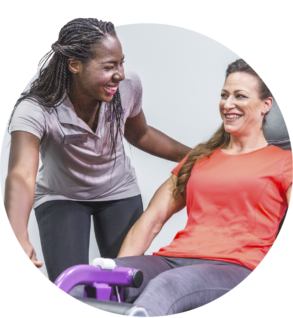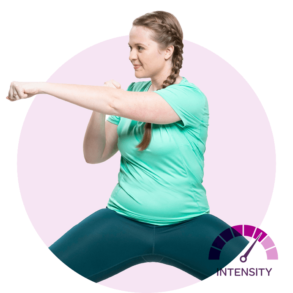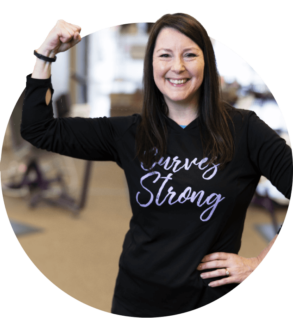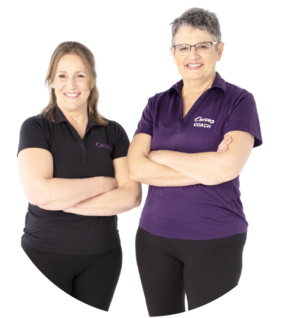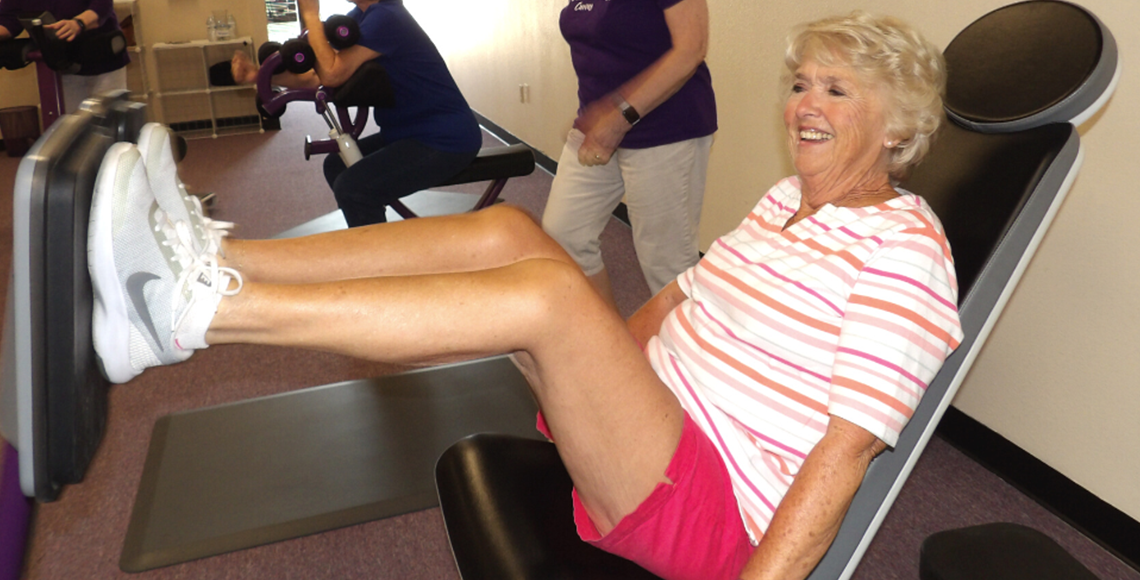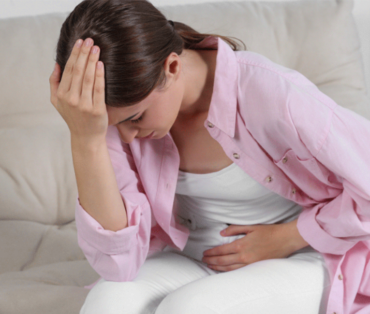Should you exercise with Arthritis?
Arthritis is one of the most common diseases in the world. According to the United States Centers for Disease Control and Prevention (CDC), one in four US adults—or 58.5 million people—have been diagnosed with arthritis. About 23.5 percent of women have the disease, compared to only 18 percent of men. Your risk for arthritis goes up as you age.
What is arthritis?
Arthritis is a common condition affecting women as they get older. In simple terms, arthritis means inflammation of the joints. The condition causes damage to joints in different parts of the body—most commonly the hips and knees—resulting in pain, swelling, and stiffness.
There are different types of arthritis. Rheumatoid arthritis is an autoimmune disease where the body attacks its own joints. When we talk about arthritis, in most cases, we are referring to osteoarthritis, which is the most common form, due to joint wear and tear. For the purpose of this article, we will use “arthritis” to refer to “osteoarthritis.”1
When you’re suffering the pain of arthritis, the last thing you may feel like doing is a full body workout. However, engaging in a regular workout routine that includes both strength training, cardiovascular training, and stretching—like the Curves 30-minute workout—is one of the best things you can do for your joints and your overall quality of life.
Why are women more at risk?
Women are more likely to develop arthritis than men, especially after age 50. There are a few reasons why.
- Women are more likely to carry excess weight. Women naturally have higher body fat percentages than men, and excess weight can put added stress on the joints vulnerable to arthritis, particularly the hips and knees.
- Hormones. When women reach menopause, their levels of the hormone estrogen decrease. Since estrogen helps fight inflammation, lower levels might cause joint inflammation to go unchecked. Men, on the other hand, have higher levels of testosterone. The hormone testosterone helps build muscle, and strong arms and legs help protect joints against the excess wear and tear that can lead to arthritis.
- Hips. Women’s hips are naturally built for childbirth, which makes them more flexible and more at risk for arthritis.2
How Exercise Can Help
A good strength training workout and aerobic activity can help prevent and manage arthritis. It may be harder to motivate yourself to get to Curves when your joints feel painful and stiff, but a full body workout is crucial for women with arthritis to help improve and maintain strength and flexibility. Regular exercise helps with pain management, too.
Here are some of the benefits of exercise for arthritis:
Strengthens muscles around the joints. Strong muscles help support and protect joints, putting less stress on them and lessening wear and tear.3
Increases flexibility and range of motion. Gentle stretching movements can help take joints through their full range of motion, which promotes joint health.4
Maintains bone strength. Regular physical activity helps keep bones strong and prevents bone loss.5
Controls joint swelling and pain. Exercise helps replenish lubrication in joint cartilage, which lowers pain and stiffness.6
Improves balance and stability. Regular exercise boosts your balance, which helps prevent excess joint wear and tear.
Boosts sleep quality. Women who exercise tend to sleep better and getting adequate sleep can help decrease inflammation.
Pain management. When you exercise, your body releases natural pain relievers called endorphins, which can ease arthritis-related pain.
Increases energy. When you complete a full body workout, your body gets naturally energized, which can help you better cope with the pain and stiffness associated with arthritis.
Helps you lose weight. The lighter you are, the less stress you will put on your joints. Regular activity will help you lose weight to help keep your joints healthy.
Enhances your quality of life. Not only does exercise help ease arthritis symptoms, it also makes you feel great physically and mentally, which does wonders for your quality of life.7
Exercises for osteoarthritis:
Here are some of the best exercises for arthritis. All of these can be found at your local Curves or online with MyCurves On Demand. Before you start any new exercise program when diagnosed with arthritis, consult with your doctor.
- Range of motion exercises: Range of motion exercises are movements that take your joints through their full range of motion. These types of exercises increase flexibility and relieve stiffness. They are generally low impact.
- Strength training workouts: Strong muscles in the areas surrounding the joints, such as the hamstrings and quadriceps helps to both support and protect the knee joint.
- Cardiovascular activity: also known as Aerobic exercise, helps boost your cardiovascular health and promotes your overall health and fitness. Regular aerobic exercise also helps loosen up the joints. The Curves workout includes both strength training and cardiovascular training on our hydraulic equipment, making our program fun, fast, and safe.
Tips for Exercising with Osteoarthritis:
- To reduce stress on the joints and limit further inflammation, stick to low impact exercise.
- Apply heat to relax your joints and relieve pain before a workout.
- Take the time to warm up and exercise slowly to reduce pain or injury.
- Ice painful problem areas after your full body workout to help reduce swelling and discomfort.
Exercise with Arthritis Using the Curves Circuit!
Because Curves has a low-impact workout option that incorporates aerobic activity, flexibility exercises, and a strength training workout, it’s the perfect workout for women with arthritis. Plus, your Curves Coach will offer support and modify exercises to best suit your body and your individual needs.
The Curves women’s gym workout is convenient, combining strength training and cardio plus stretching – all in just 30 minutes – to strengthen your whole body. For more information about Curves and the full body workouts the Curves Circuit provides, visit ‘Why Curves’.
Sources:

